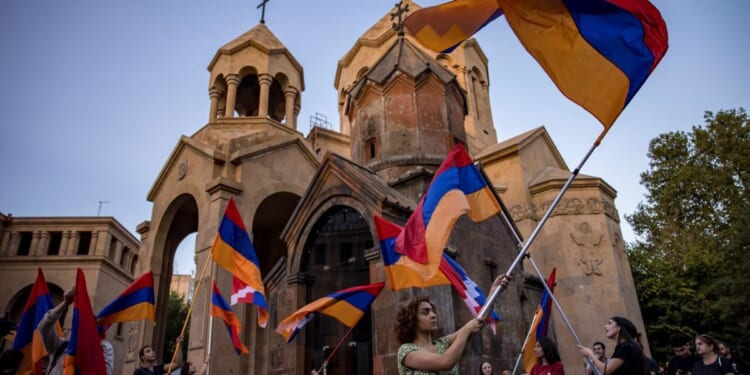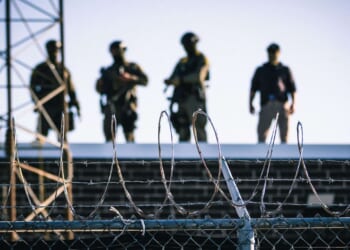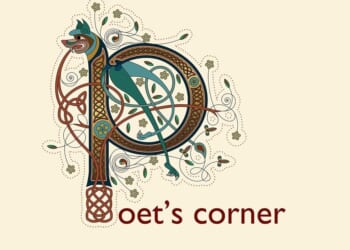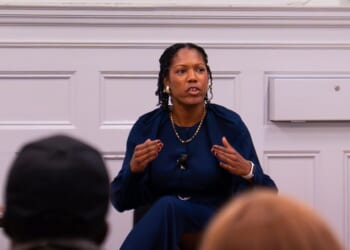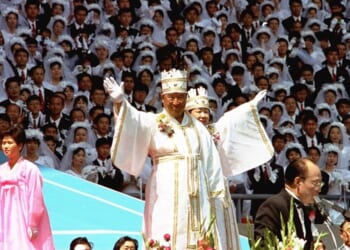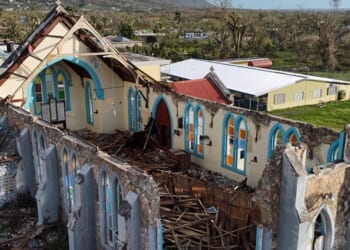
Armenia today stands at a precarious juncture, grappling with profound internal divisions that threaten its national security and very existence. While external threats from neighboring Azerbaijan and Turkey are ever-present, the current government, under Prime Minister Nikol Pashinyan, has been widely criticized for policies and rhetoric that have exacerbated domestic polarization, transforming political disagreements into existential conflicts.
Nowhere is this more evident than in Pashinyan’s current persecution of the Armenian Apostolic Church through a concerted and coordinated campaign of public intimidation and attacks against Armenian priests and clergy. These recent developments have sparked debate and raised concerns among various groups both within and outside the country. While the Armenian government has stated its actions are aimed at ensuring secularism and combating corruption, many Armenians see these actions as politically motivated assaults that impact religious freedom and national stability.
What is more, these attacks only serve to divide Armenians and come straight out of the Turkish and Azerbaijani playbook, where government officials exploit and deepen internal societal divisions to cling onto power.
A major point of tension has been the Armenian Church’s criticism of government policies, particularly regarding the handling of the Nagorno-Karabakh conflict and subsequent border negotiations. Some church leaders, including Archbishop Bagrat Galstanyan, have become involved in anti-government protests, expressing concerns shared by a large segment of the population. Galstanyan became a public face of mass protests earlier this year, demanding the resignation of Pashinyan when he led a protest march from his diocese in Tavush to the capital city of Yerevan. His movement, “Tavush for the Homeland,” was established in response to the government’s decision to cede border villages to Azerbaijan.
Another sticking point for the Armenian Church is Azerbaijan’s ongoing campaign of cultural erasure of Armenian churches, monasteries, khachkars (cross-stone monuments), and other religious sites in Nagorno-Karabakh, which began immediately after Baku’s takeover of the territory.
As the first nation to adopt Christianity in 301 AD, Armenia’s identity and culture have been closely defined by its Christian faith, which makes these historic symbols so important to the survival of the Armenian people. Christianity has sustained Armenians throughout their painful history, which has been marked by widespread persecution and mass suffering over hundreds of years. That history spans from the first genocide of the 20th century, when more than 1.5 million Armenians were systematically exterminated by the Ottoman Turks, right up to Azerbaijan’s ethnic cleansing of more than 120,000 Armenians from Nagorno-Karabakh in September 2023.
During the Soviet era, the Armenian Church supported Armenian culture by preserving national identity through its spiritual leadership and its role as a cultural unifier. It navigated restrictions by ostensibly abiding by Soviet policies while secretly safeguarding its religious and cultural heritage. It did so by establishing institutions like museums and seminaries and maintaining ties with the Armenian diaspora, strategically keeping the Armenian faith and culture alive.
Through it all, the Armenian Church has defined the very existence and survival of the Armenian people. In many ways, the Armenian government’s policy towards the Church today is a return to the Soviet blueprint of repression and state control.
In response to these criticisms and the Church’s involvement in protests, the government’s crackdown has included various public statements critical of the clergy, arrests and investigations involving high-ranking priests and individuals associated with the Church, and discussions regarding the potential governance of the Church. By using allegations of corruption and immorality, Pashinyan is essentially attempting to discredit the Church’s leadership and diminish its influence in Armenia. It is part of a broader power struggle, with the government accusing the Church of being aligned with forces that are against any peace efforts with Azerbaijan.
While the Armenian Church certainly has its flaws, like any other large and influential religious institution, the government’s actions are simply an unconstitutional assault on religious freedom and national identity.
Instead of fostering a climate of national cohesion in the face of these challenges, Pashinyan has adopted a “take it or leave it” political framing, labeling the Church as the corrupt past and an agent of foreign influence.
But what is needed right now is unity over fracture, and wisdom over anger. For Armenia to navigate its current existential threats and secure a stable future, it must move beyond the government’s divisive rhetoric and actions and embrace inclusive dialogue with the Armenian Church and its leaders.
The Armenian Church holds immense cultural and social importance in Armenia. It is deeply tied to national heritage, spiritual continuity, and the preservation of the Armenian language and history. Attacking it plays right into the hands of Turkey and Azerbaijan, who want nothing more than to see a divided and weakened Armenia. Without the Armenian Church, there can be no Armenia. The sooner the Armenian government realizes that, the better off the nation will be.
Stephan Pechdimaldji is a communications strategist living in the San Francisco Bay Area. He is a first-generation Armenian American and grandson of survivors of the Armenian genocide. You can follow him on X at @spechdimaldji.

